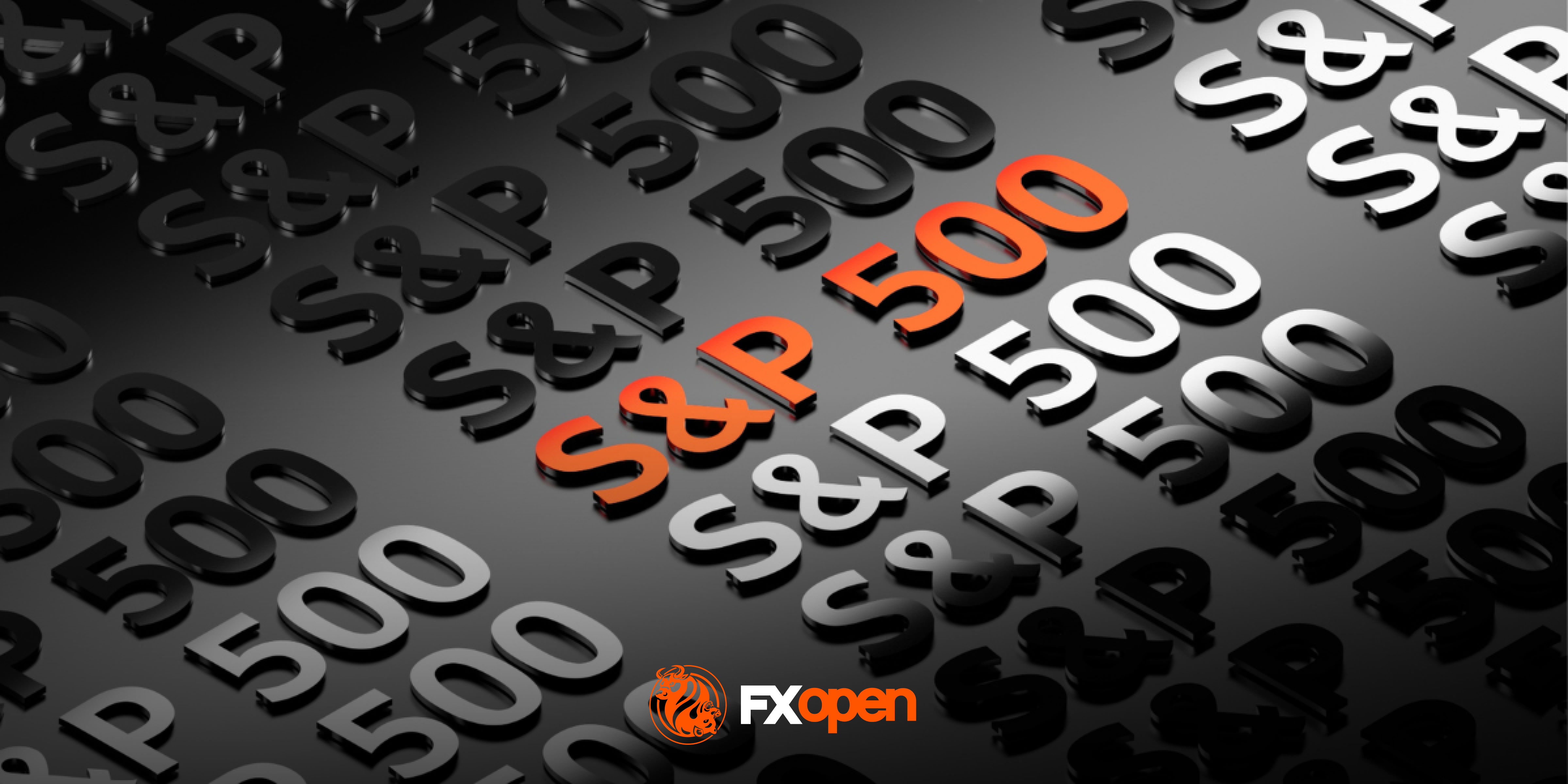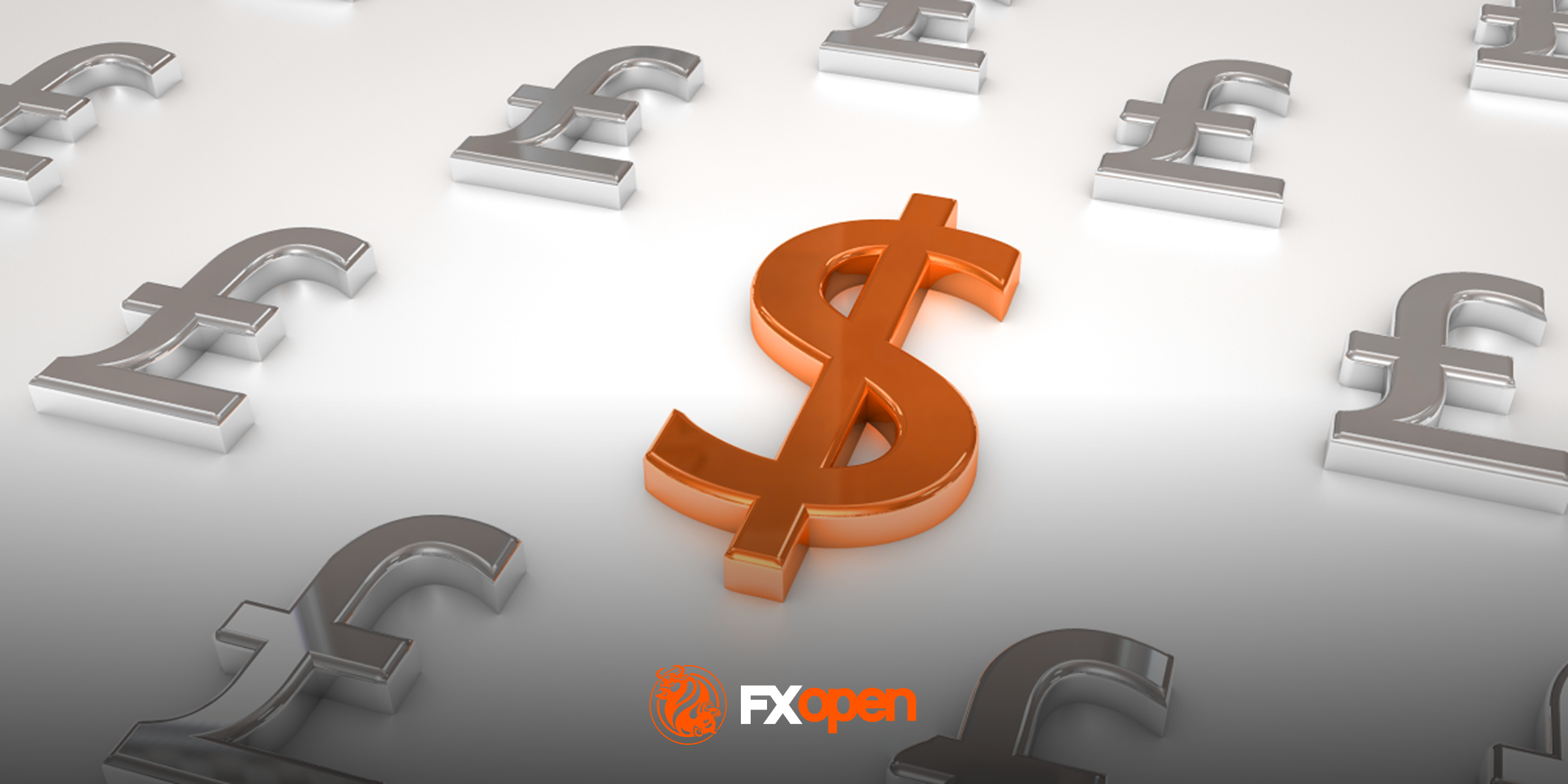FXOpen

Economic indicators help us understand the state and direction of the economy, providing valuable information across the various sectors. Indicators of economic growth are widely used by businesses, investors, traders, policymakers, and individuals who care about their financial future. In this FXOpen article, we will provide the definition of economic indicators and explain how to interpret them.
Economic Indicator: Definition and How to Interpret Them
So, what is an economic indicator? It is a statistical measurement used to determine the health of an economy. Indicators focus on different aspects of economic activity, such as employment, inflation, and consumer spending.
Interpreting economic indicators can be complex because even positive changes don’t always mean good things. For example, an increase in consumer spending may indicate a healthy economy, but it may also be associated with an increase in consumer debt. Similarly, a decline in the unemployment rate may indicate economic growth, but it may also be due to an outflow of labour.
Interpreting economic indicators involves analysing data to understand the current state and future direction of the economy. Let’s consider the steps to be taken:
- Know what each economic indicator measures and how it is calculated so that you can interpret the data correctly and not make assumptions.
- Examine current measurements against historical data and trends to determine if the current direction is an outlier or part of a larger phenomenon. Analyse patterns to predict future changes.
- Take into account external factors such as government policies, natural disasters, and global events.
- Consider several metrics, as no single economic indicator can give a complete picture of the economy.
- If you doubt how to interpret economic indicators, seek advice from an economist or financial adviser.
GDP
One of the most important indicators of economic growth is Gross Domestic Product (GDP). It quantifies the collective value of goods and services generated within a nation during a defined time frame, often spanning a year or a quarter. GDP is seasonally adjusted to exclude quarterly fluctuations due to climate or holidays and is also adjusted for inflation to measure changes in output rather than in the prices of goods.
GDP serves as a basis for decision-making as it indicates overall growth over a specific period. GDP shows whether the economy is expanding or contracting. It also helps to establish trends in consumer spending, the state of housing and business investment, and the rise or fall in the prices of goods and services.
Labour Market
Labour market indicators are a set of quantitative measurements used to analyse and assess various aspects of a country's workforce. These metrics provide insights into the supply and demand for labour, the health of the job market, the quality of employment opportunities, and the dynamics of the workforce. They include various metrics, with the most popular being the unemployment rate, employment change, average earnings, initial jobless claims, participation rate, and nonfarm payrolls.
Typically, high levels of employment and the regular creation of new jobs signal the strength and growth of the economy.
Additionally, you can look beyond the economy as a whole and analyse the performance of specific companies. For example, you can evaluate employee turnover and retention rates or look at the return on human capital.
Inflation Data
Inflation data refers to information and statistics that quantify the rate at which the general level of prices for goods and services in an economy is rising over a specific period of time. Inflation is a fundamental economic concept that reflects the erosion of purchasing power over time.
There are numerous inflation metrics, including CPI, PPI, inflation rate, and core inflation. CPI (Consumer Price Index) and PPI (Producer Price Index) are widely used by traders and investors to determine future price movements.
CPI tracks changes in the prices of goods and services. It is used to calculate cost of living adjustments and changes in the purchasing power of consumers. PPI measures the change in prices charged by domestic producers of goods and services. It is used to calculate real growth by adjusting revenue sources for inflation.
Retail Sales
Retail sales data represent the total amount of goods sold by retailers to end consumers. The indicator reflects consumer demand for finished goods. It helps analysts and investors assess the health of the economy and possible inflationary pressures. Retail sales data provides insights into consumer demand, trends in spending behaviour, and the performance of different sectors within the retail industry. Core retail sales, which exclude motor vehicles, petrol, building materials, and food services, are also an important metric.
Business Confidence
Business confidence measures the level of optimism or pessimism that business owners have about the future performance of their companies. The Business Confidence Index (BCI) is typically measured through surveys and indices that assess the perceptions of business leaders regarding current and future economic conditions.
The results of surveys can be influenced by many factors, including changes in government policies, market trends, and global events. High levels of business confidence can lead to increased investment, hiring, and economic growth, while low levels of confidence can result in decreased investment, lay-offs, and economic decline.
Consumer Confidence
Consumer confidence is an assessment of the degree to which consumers are optimistic or pessimistic about the state of the economy and their personal financial situation. CC is also measured through surveys.
While high levels of consumer confidence can lead to increased expenditure and economic growth, low levels can lead to decreased spending. Data on consumer confidence is valuable for manufacturers, retailers, government agencies, and banks.
Final Thoughts
As a trading platform, we care about our clients, so we try to provide as much information as possible to help them evaluate the economy or the companies they want to invest in. Understanding economic indicators will make fundamental analysis much easier for you. To learn more about assets and instruments, explore our TickTrader platform and our blog. Once you feel confident, you can open an FXOpen account and dive into trading.
This article represents the opinion of the Companies operating under the FXOpen brand only. It is not to be construed as an offer, solicitation, or recommendation with respect to products and services provided by the Companies operating under the FXOpen brand, nor is it to be considered financial advice.
Stay ahead of the market!
Subscribe now to our mailing list and receive the latest market news and insights delivered directly to your inbox.








